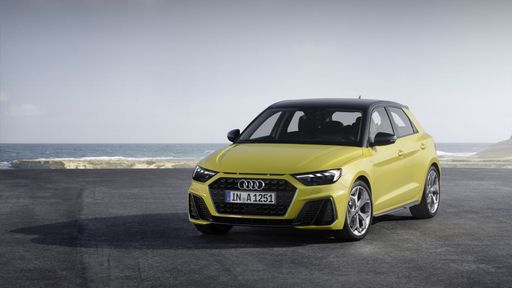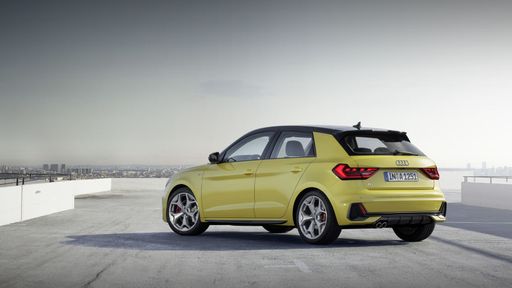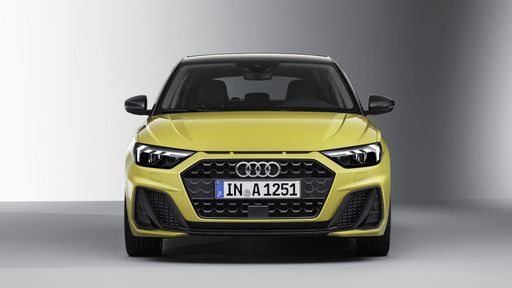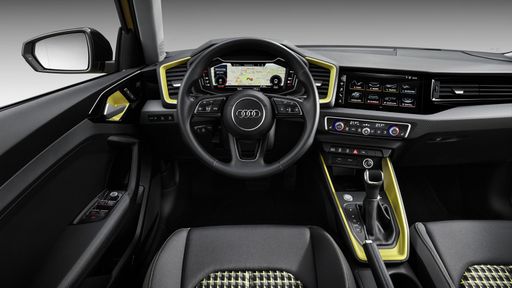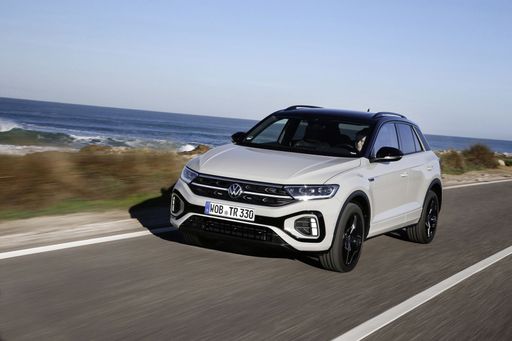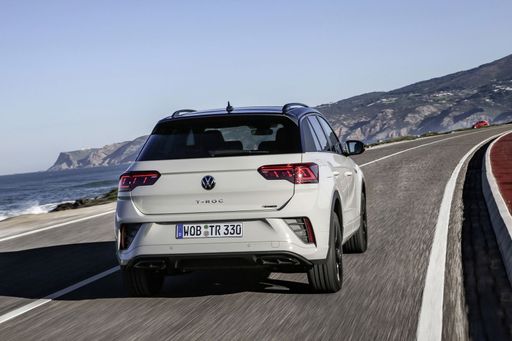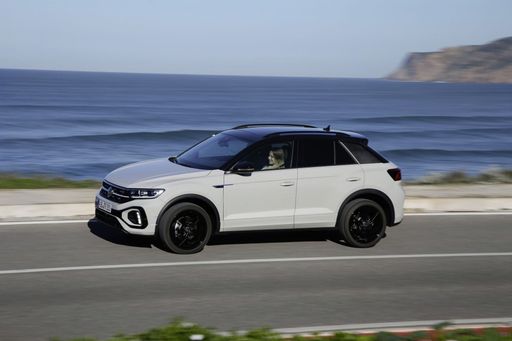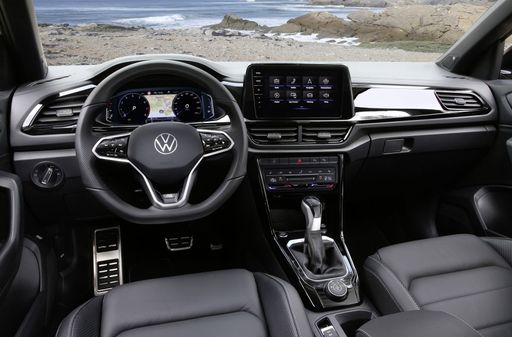Battle of the Compacts: Audi A1 vs VW T-Roc
When it comes to compact vehicles, both the Audi A1 and Volkswagen T-Roc make compelling cases within their respective segments. As we navigate through the features, performances, and innovations of these two European contenders, you'll discover which vehicle may better suit your lifestyle and preferences. Let's dive into the details of these two standout models.

